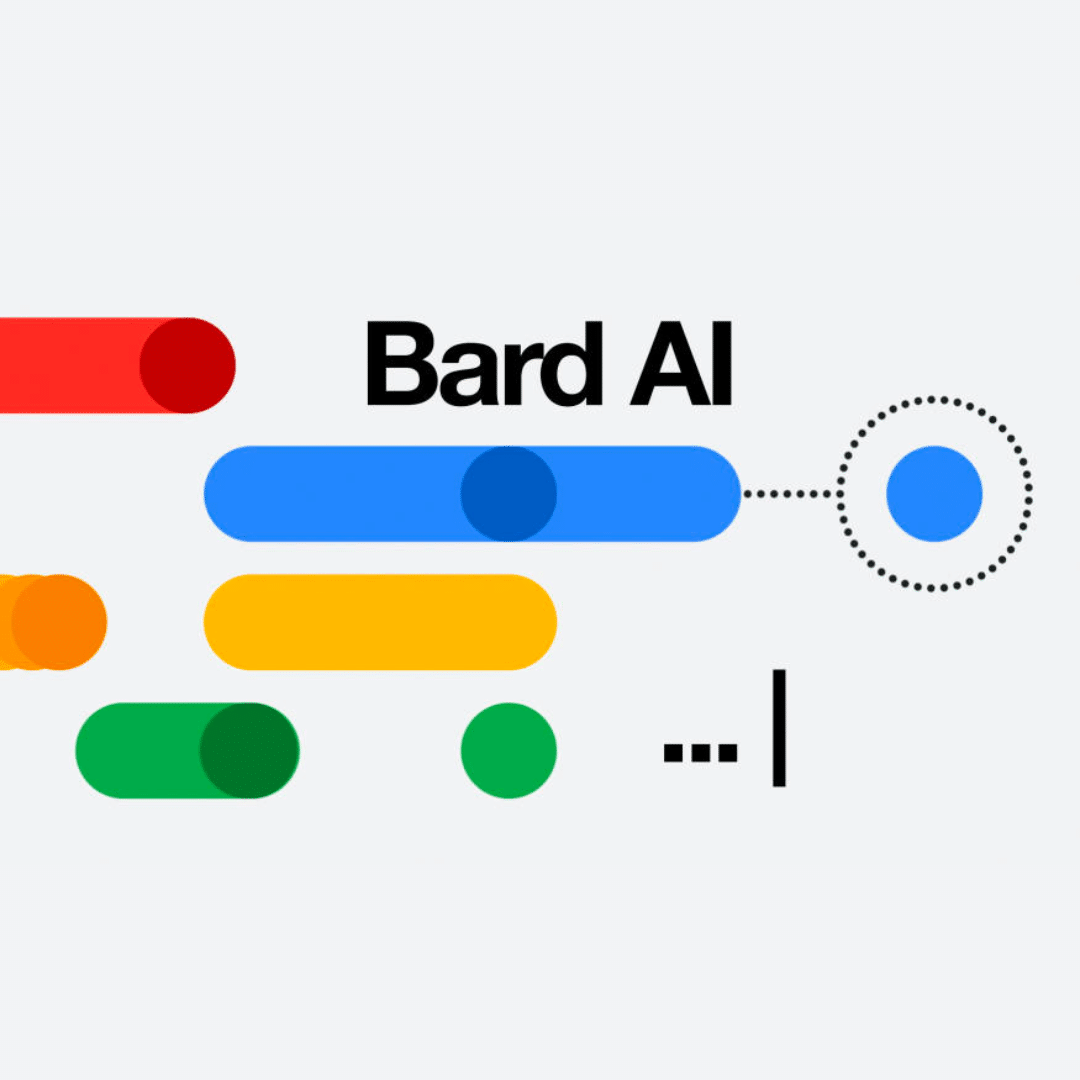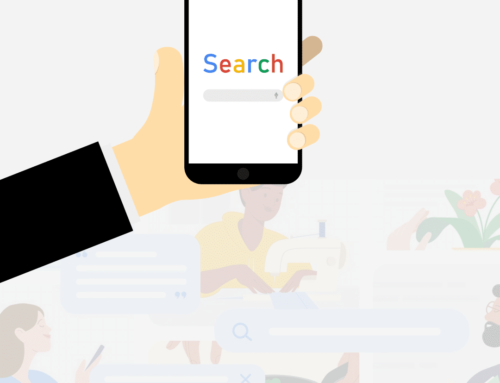Have you heard about Google Bard? It’s new AI tech that has been in waitlisted Beta testing for months now, and only just recently opened up to the general public for use. It’s an exciting new piece of technology from one of the biggest names in the field, and that means both endless opportunities for novel and new usage ideas, but also plenty of confusing info about what it can do, can’t do, and might do in the future.
What is Google Bard, and why do you need to know about it?
So what is Google Bard, anyway? Fundamentally, it’s the Google/Alphabet tech behemoth’s entry into the popular and fast-moving world of AI chatbots. These chatbots take your inputs, queries, and conversation and use AI language models and machine learning algorithms to formulate natural-sounding and potentially informative responses that attempt to mimic human speech and research.
Now, Google Bard is not the first AI chatbot–in fact, if you’re following the subject with any closeness, you’re likely already aware of major competitors such as OpenAI’s ChatGPT and Microsoft’s Bing. But Bard is something you’ll want to keep a keen eye on: if Google has taught us anything in the past, it’s that we should never underestimate their power.
Whether it’s revolutionizing search engines with Google Search or becoming a dominant player with Gmail, Google Drive, and other web-based applications, Google only enters a new tech arena when it plans to dominate, and you shouldn’t just look the other way.
Google Bard is free to use (and seems likely to remain free)
As with any new technology, one of the biggest questions with Google Bard is “how much does it cost to use?” Competitors like ChatGPT may offer limited amateur usage without payment, but lock their more powerful functionality behind subscriptions and business accounts. However, as of the time of this writing, Google Bard is totally free-to-use and looks to remain so for the foreseeable future.
Accessing Google Bard is as simple as logging in with an existing Google account, which at this point most of us have whether to use Gmail, YouTube, Google Docs, etc. If you don’t have a Google account yet, making one is easy and only takes minutes, and once it’s complete you’ll have access to Google Bard’s full functionality.
While Google Bard’s business model isn’t completely clear yet, if it follows the trajectory of other Google web products, it’s likely that the Bard chatbot will stay free-to-use in exchange for utilizing user data and feedback to improve and update the technology even further.
Google Bard is already a more-natural conversation partner than other AI
So other than being free-to-use and carrying the popular Google branding, what benefit does Google Bard offer over other AI chatbots? For one, it’s more natural than its competitors. Google Bard utilizes the unique LaMDA language model developed by Google itself, which focuses heavily on creating the most believable and life-like conversation language.
Tech writers have already noticed the results when compared to ChatGPT and other AI chatbots: conversations with Google Bard are notably less-formal and less-stilted, lending a feeling of talking to another human being far more than reading as AI. It’s also more natural to use as well, with Google Bard offering voice prompt functionality rather than text-only tech like its competitors. And because Bard is open to the internet, it has access to fully up-to-date source info–a potential double-edged sword that allows Bard to stay on the cutting-edge of information while also bringing in a bit more risk of misinformation that users need to stay aware of.
Google Bard has big plans for the future
As mentioned earlier, perhaps the biggest benefit behind Google Bard is the weight of the parent company behind it. As one of the world’s largest and most powerful technology companies, Google doesn’t just “play” with new ideas–it plans them out far into the future. Bard may be a solid AI chatbot now, but the real excitement comes from what’s in store for Bard going forward.
One of those exciting possibilities is the potential for a Google Bard image generator in the future. Unlike ChatGPT which is silo’d off from its parent company’s DALL-E AI image generator, Google has hinted at the possibility of generating images from within Bard. While there’s no date or firm confirmation of this functionality, it would be a major differentiating factor between Bard and other AI chatbots.
Additionally–and perhaps most importantly–is the almost-certain future integration of Google Bard AI tech into other Google core products. Whether that means employing Bard to respond to emails within Gmail, write outlines in Google Docs, or much more, the possibilities are almost endlessly powerful when you consider how heavily Google products are already integrated into our lives and work.
How to stay on top of Google Bard and other AI tech
AI feels like a new frontier in technology and how we approach the world, and it can be simultaneously exciting, scary, and overwhelming. For many small and local business owners, the thought of AI integration is nice, but they simply don’t have the time and background knowledge to apply it effectively. That’s why Skol Marketing’s Minnesota-based team is here to help. To learn more about how we can help you stay abreast of the newest developments in web technology, please don’t hesitate to contact the local web experts at Skol Marketing.





